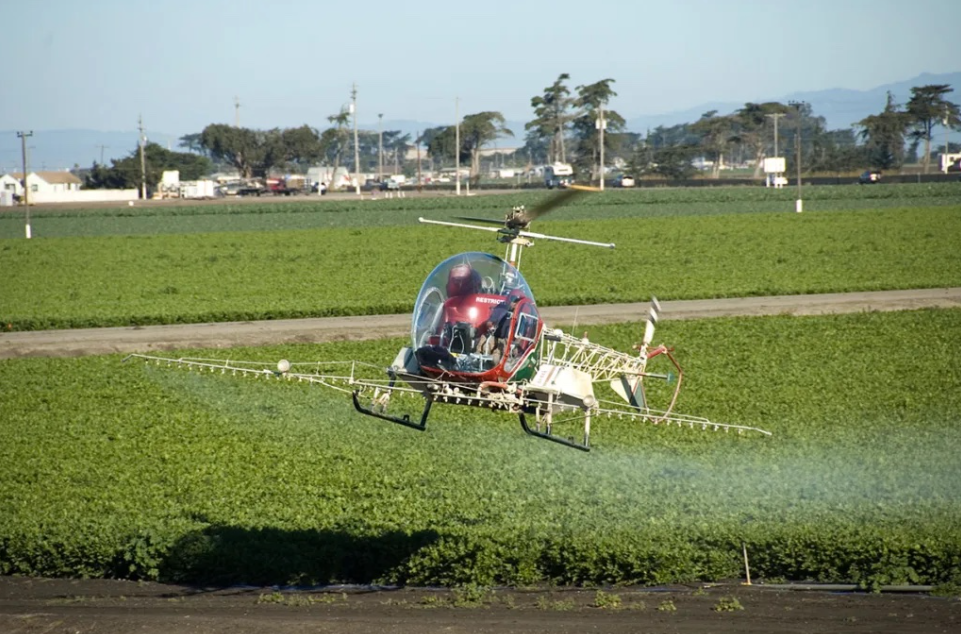Have you ever wondered how farmers are able to achieve bountiful harvests year after year? Behind the scenes, there’s a fascinating technique called aerial row crop application that has revolutionized the way crops are grown. In this article, we will dive into the world of aerial row crop application and explore how it has unlocked the full potential of crop cultivation.
The Power of Aerial Row Crop Application
Aerial row crop application involves the use of aircraft to disperse fertilizers, pesticides, and other essential substances directly onto the crops. This method offers several advantages over traditional ground-based techniques, making it a game-changer in the agricultural industry.
Enhanced Efficiency
By utilizing aircraft, farmers can cover large areas of farmland in a short amount of time. This significantly reduces the time and effort required for crop care, allowing farmers to focus on other important tasks. With aerial row crop application, farmers can maximize their productivity and achieve higher yields.
Precise Targeting
One of the key benefits of aerial row crop application is its ability to precisely target specific areas of the field. With advanced GPS technology and state-of-the-art spraying systems, farmers can ensure that the fertilizers and pesticides are applied only where they are needed. This targeted approach minimizes waste and reduces the environmental impact of crop care practices.
Increased Safety
Compared to ground-based application methods, aerial row crop application offers increased safety for both farmers and the environment. By eliminating the need for heavy machinery and minimizing human contact with pesticides, the risk of accidents and exposure to harmful chemicals is significantly reduced. This makes crop care a safer and healthier process for everyone involved.
Unleashing the Potential of Crop Cultivation
With aerial row crop application, farmers can unleash the full potential of their crops. Let’s take a closer look at how this innovative technique has transformed the way crops are grown:
Boosted Crop Health
By providing crops with the necessary nutrients and protection at the right time and in the right amount, aerial row crop application promotes optimal crop health. This leads to stronger, more resilient plants that are better equipped to withstand pests, diseases, and adverse weather conditions. As a result, farmers can enjoy healthier and more abundant harvests.
Improved Resource Management
Aerial row crop application allows farmers to optimize their use of resources, such as water and fertilizers. With precise targeting and controlled application, wastage is minimized, and resources are used more efficiently. This not only benefits the environment but also helps farmers reduce costs and increase their overall profitability.
Sustainable Agriculture
In an era where sustainable practices are gaining increasing importance, aerial row crop application plays a crucial role in promoting sustainable agriculture. By minimizing the use of chemicals and reducing the overall environmental impact of crop care, this technique aligns with the principles of eco-friendly farming. It allows farmers to produce high-quality crops while preserving the health of our planet for future generations.
Conclusion
Aerial row crop application has revolutionized the way crops are grown, unleashing their full potential for farmers worldwide. With enhanced efficiency, precise targeting, and increased safety, this technique has transformed crop cultivation practices. By boosting crop health, improving resource management, and promoting sustainable agriculture, aerial row crop application paves the way for a thriving and sustainable future in the agricultural industry.

